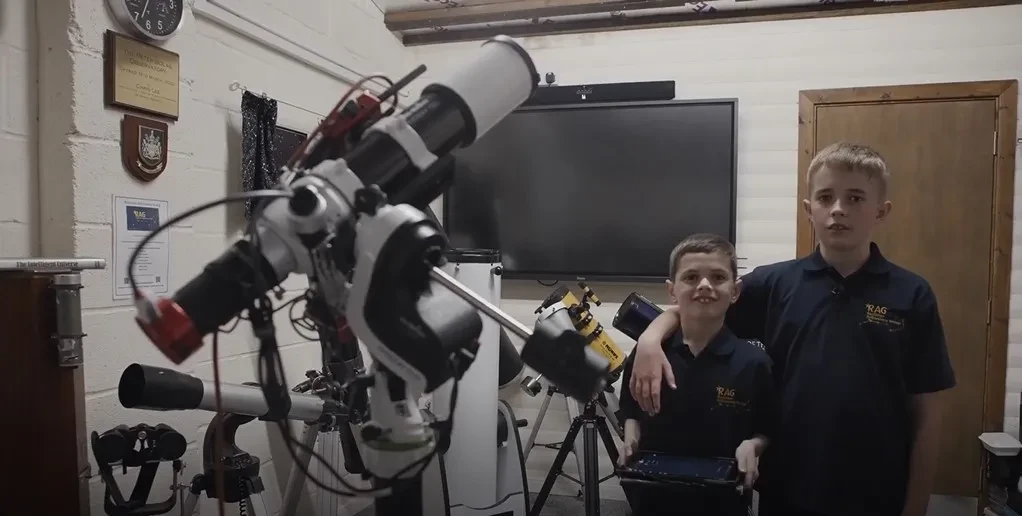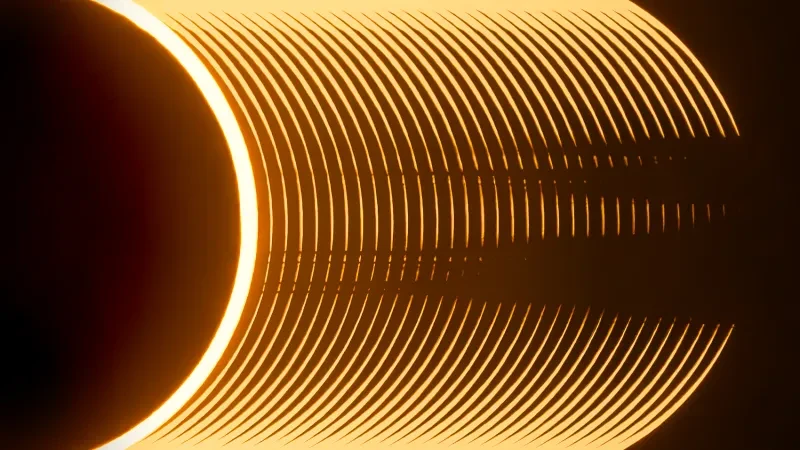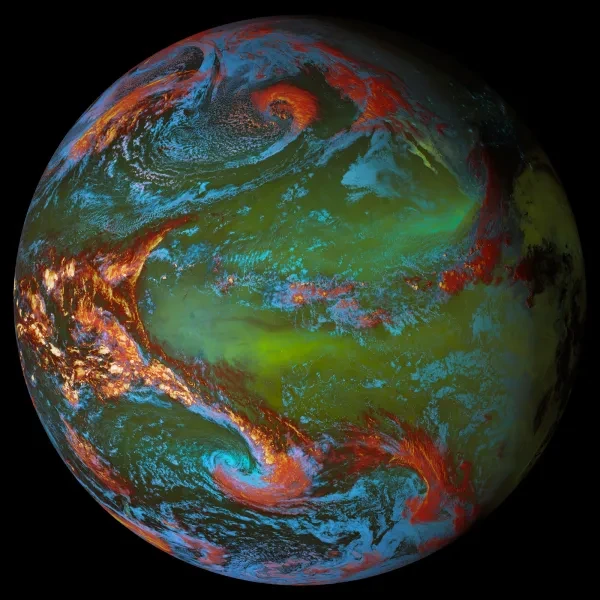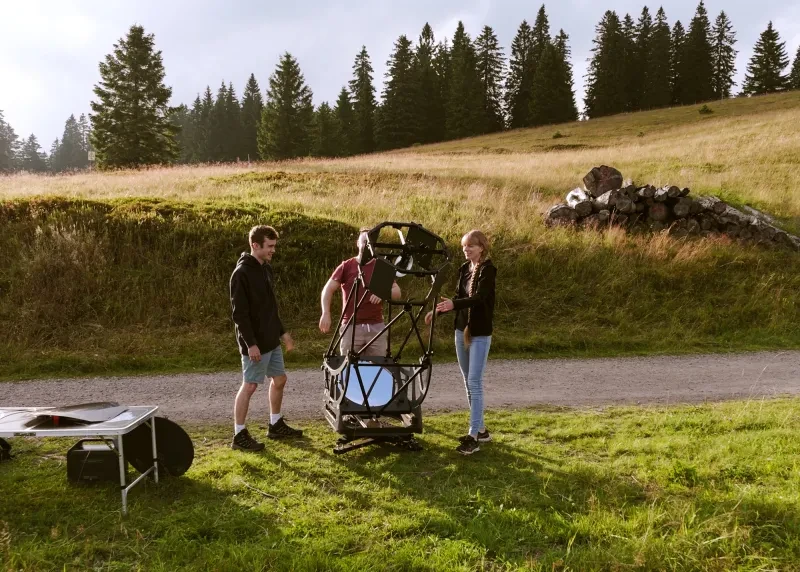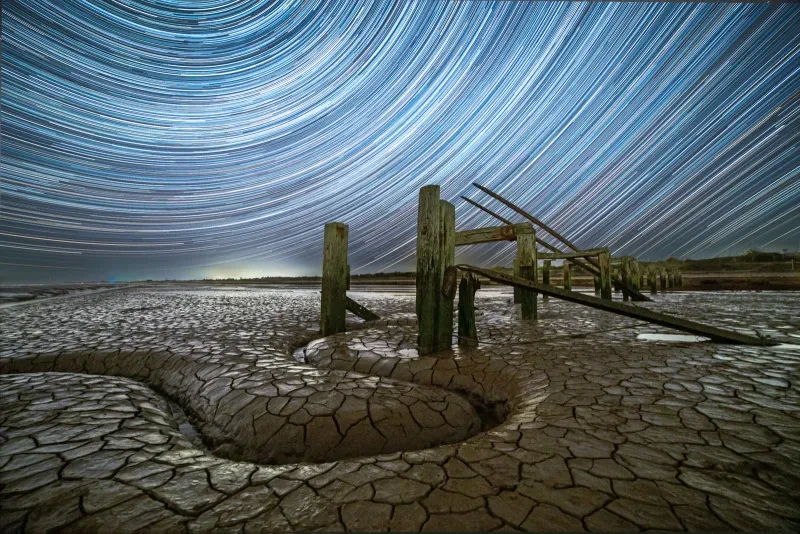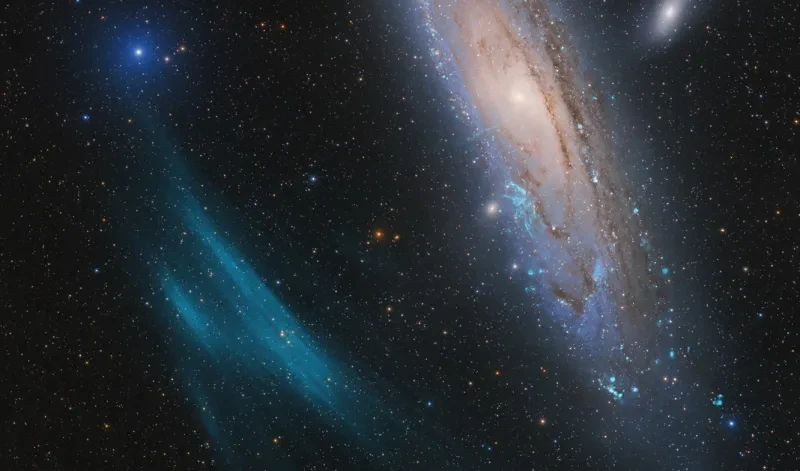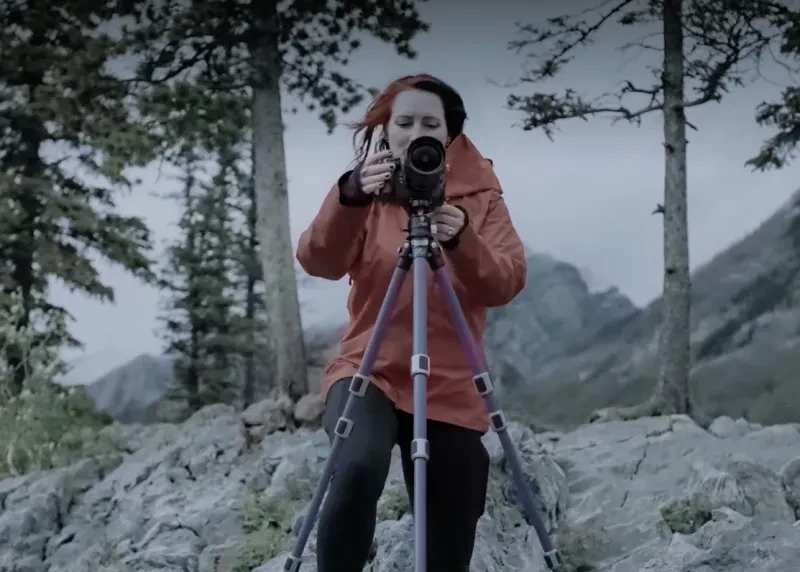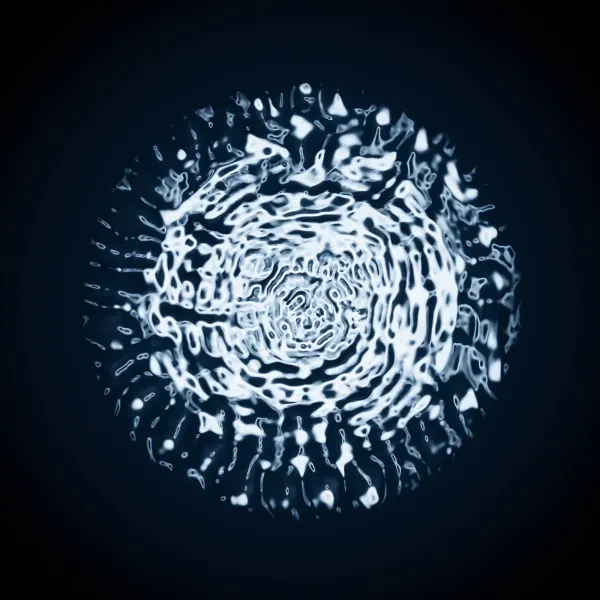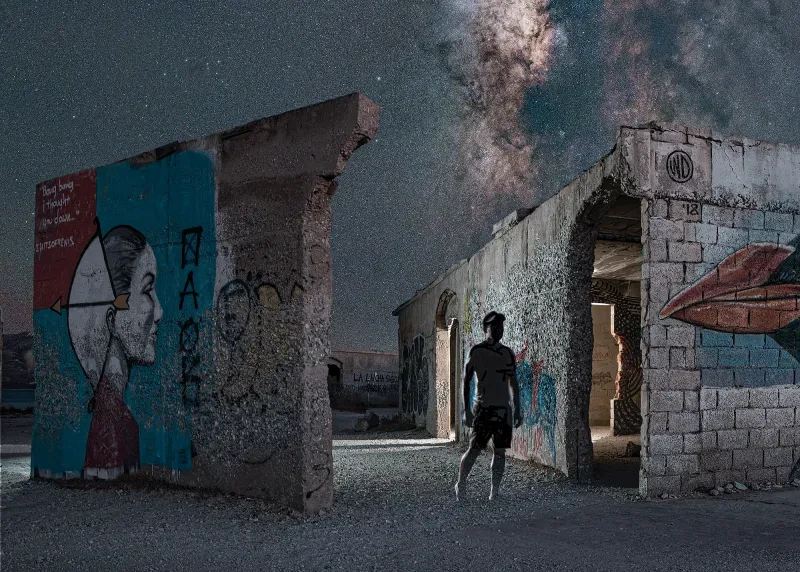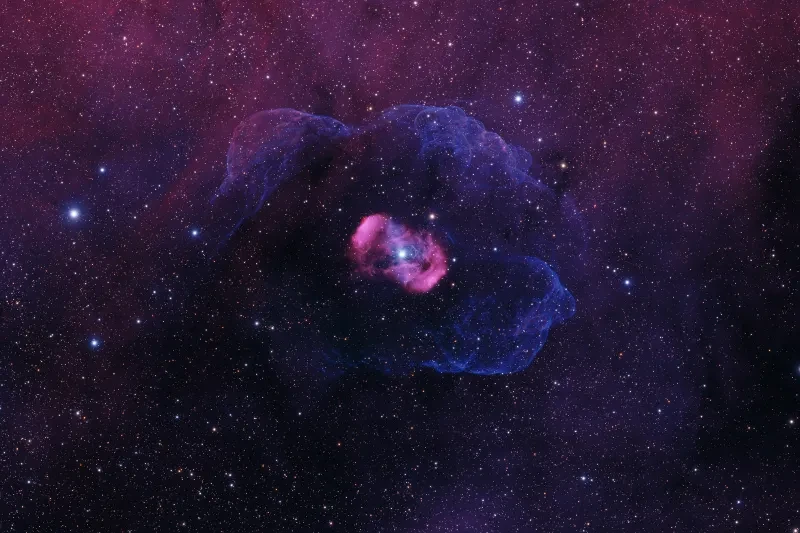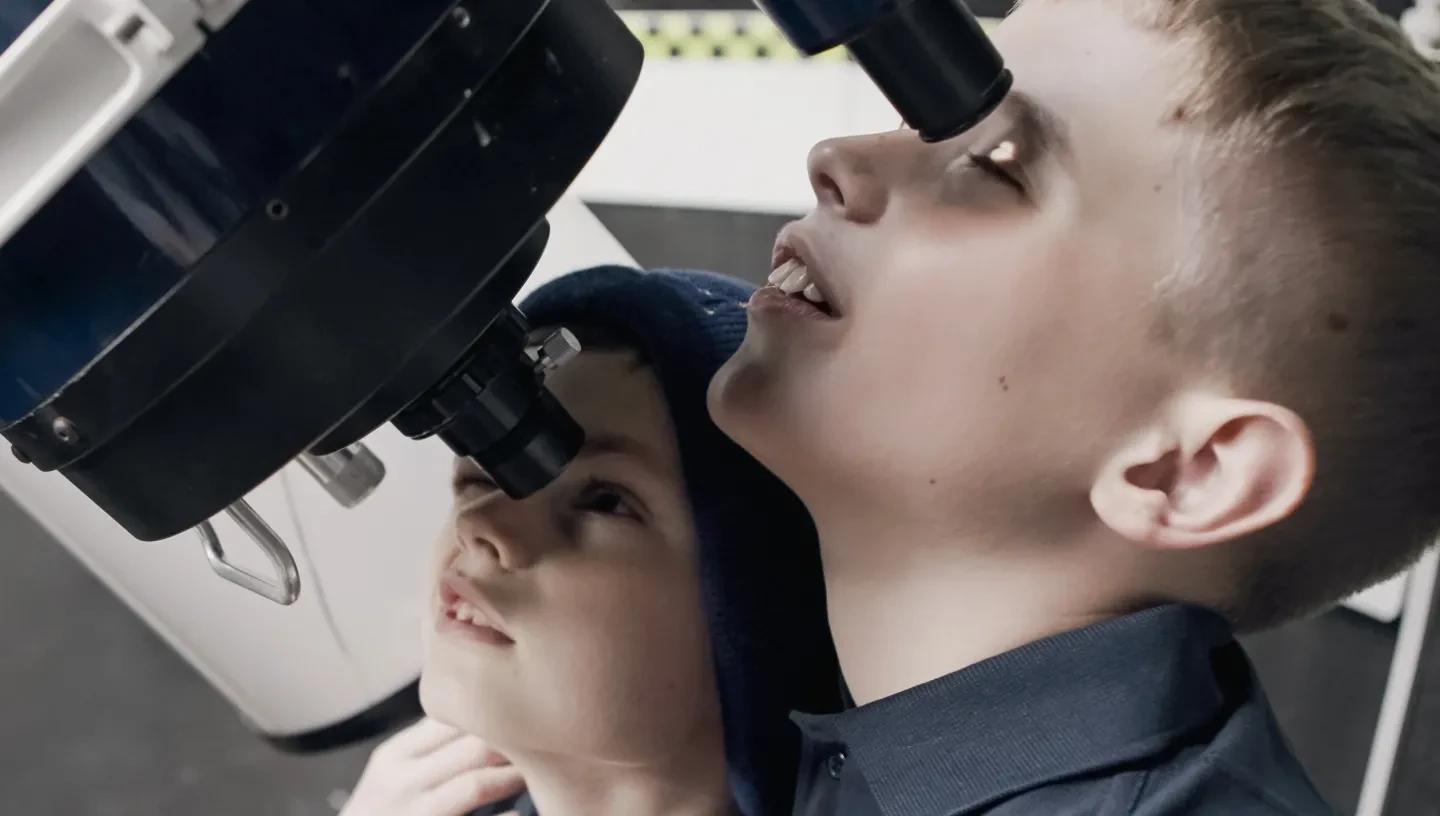
Benjamin Lawler, aged 8, and his brother Joshua, 10, are just beginning to discover the myriad wonders of the cosmos.
Thanks to a supportive community they've found at their local astronomy society, the Rosliston Astronomy Group, the brothers have learned not only how to observe and appreciate the Universe, but also how to photograph the marvels that can be seen through a telescope.
Despite their youth, Benjamin and Joshua have already demonstrated remarkable skill.
Using techniques learned from older members of the group, the brothers took and processed a photograph of spiral galaxy M106. The image earned them Highly Commended in the Young Competition of Astronomy Photographer of the Year 2024.
Find more about the brothers' route into astronomy, and how finding a community of astronomers has fuelled their passion and creativity. You can see all the winning images for yourself at the free Astronomy Photographer of the Year exhibition at the National Maritime Museum.
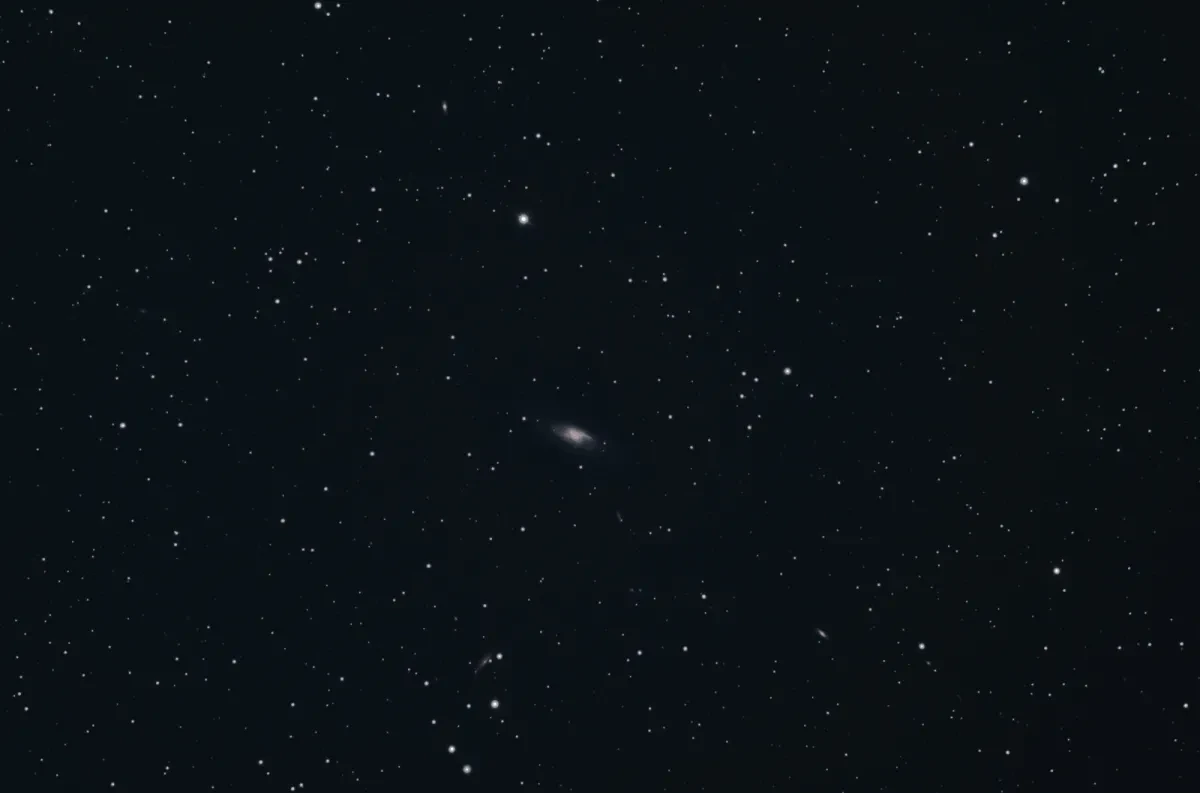
M106, a Spiral Galaxy
By Benjamin Lawler and Joshua Lawler
"For an 8-year-old, there are a lot of cool things to see and do in the world. You could collect comics or Pokémon, or be a Star Wars fan. But one of the coolest things to do at this age is to have your own telescope at the end of your garden and observe distant galaxies. The many galaxies captured in this image proves just how big the Universe really is."
- László Francsics, competition judge
A man on the Moon: getting into astrophotography
The brothers work as a team on their astrophotos: Benjamin, 8, takes the photos and Joshua, 10, processes the images.
Benjamin’s passion for astronomy started at school - not in science class as you might expect, but rather during an English lesson.
“We were watching this video of a man on the Moon and it really got me inspired,” he says.
After being given his first telescope for Christmas in 2022 at the age of 7, Benjamin became fascinated with searching the skies - particularly the idea that aliens might exist somewhere out there.
“I like astronomy and I like looking at the skies because I'm looking for signs of life,” he says. “Is there anyone out there watching planet Earth?”
Joshua meanwhile freely admits that he “got dragged along into astrophotography" because of his younger brother. However, he has discovered a talent for digital photography, and using software to create striking images from Benjamin’s photos.
Looking up also makes Joshua appreciate his home planet. "One of the great things about this hobby is you're close to nature and it reminds you about how good this planet Earth is,” he says. “It makes me take care of planet Earth more because – as far as we know – we only have one universe.”
Finding community at the Rosliston Astronomy Group
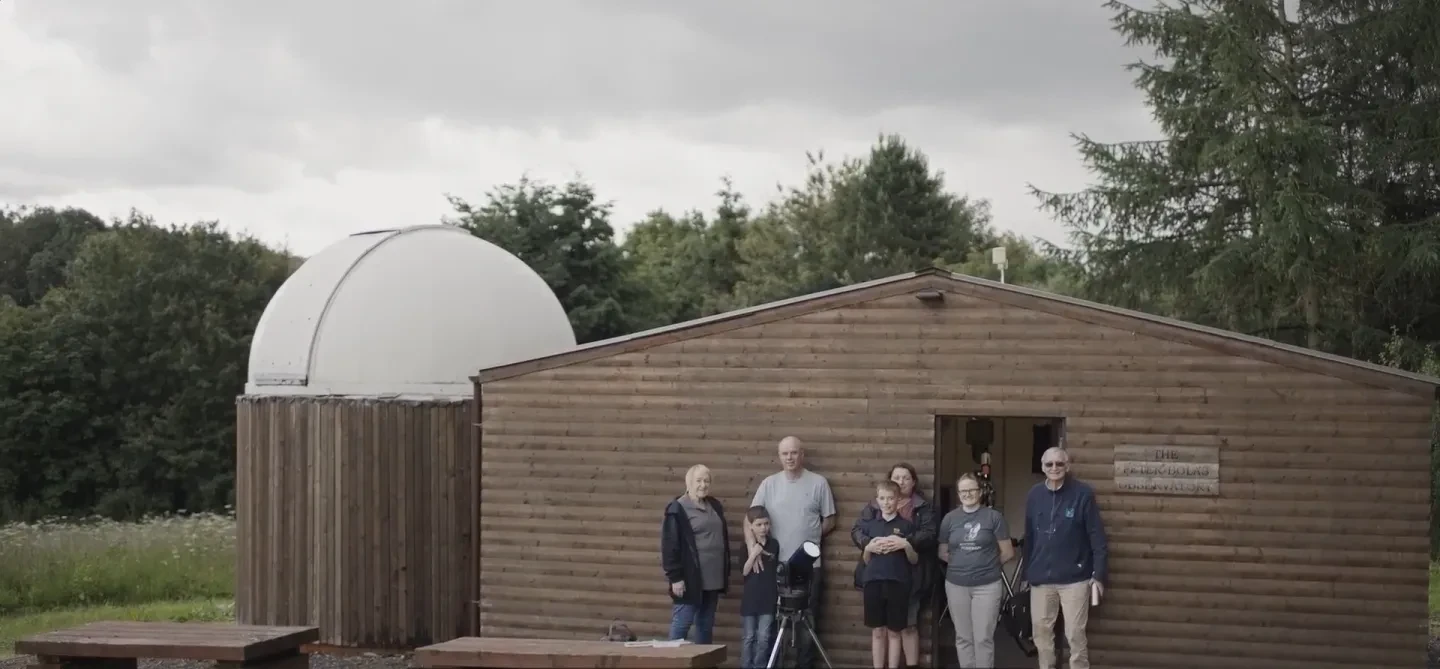
Within the Rosliston Forestry Centre in South Derbyshire you’ll find the Rosliston Astronomy Group (RAG), a community of passionate astronomers who invite people of all ages to delve into the wonderful world of space.
RAG meet regularly to talk about anything and everything related to astronomy, as well as to share knowledge, observe the skies from their Peter Bolas Observatory, and take astrophotos.
Although Benjamin has a telescope at home, “it's different coming into a group,” he says. “It's inspiring, especially in this observatory.”
Joshua explains, “In RAG some young astronomers, including me and Benjamin, meet up with some of the senior members to learn more about astronomy and astrophotography.”
The photo processing skills used on M106, a Spiral Galaxy for example were learned from RAG member Geoff.
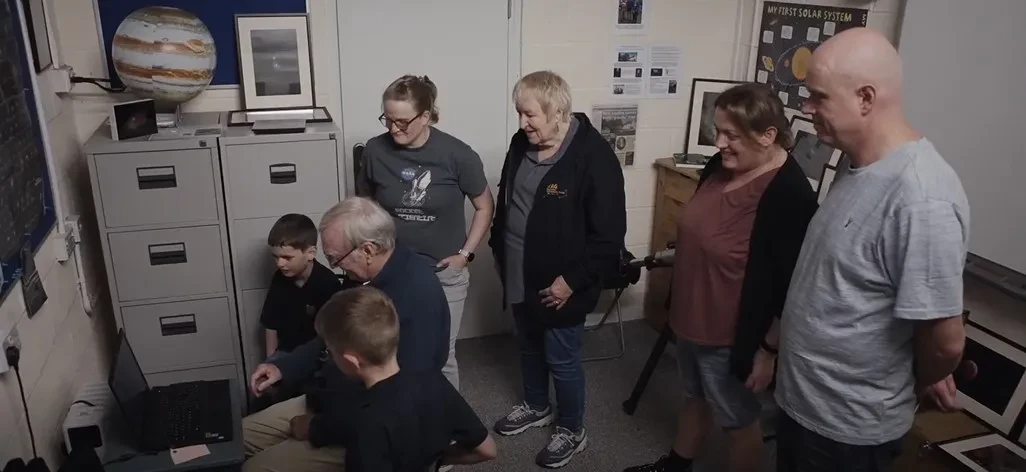
However, it’s not a one-way exchange. “They get a little bit of energy from us,” Joshua says. “What we give back as kids is enthusiasm and wanting to learn, which makes the adults more energetic!”
Photographing the galaxy M106
“Our Milky Way galaxy is a barred spiral galaxy, but M106 is a normal spiral galaxy, which is different because it's more like a circle shape than a bar,” explains Joshua.
Benjamin adds, “Although M106 is a massive 22 million light years from Earth, I can see it from my back garden!”
So, why did the brothers decide to photograph M106 on this particular night?
“It's a really good target,” Joshua says. “It’s found in the northern part of the sky, just under a part of Ursa Major which is called the Plough. Our garden is facing north, so it's a lot easier to get than something facing south like quite a few objects are.
“We decided to take M106 because it was really clear that night, unlike most of the nights where it's cloudy.”
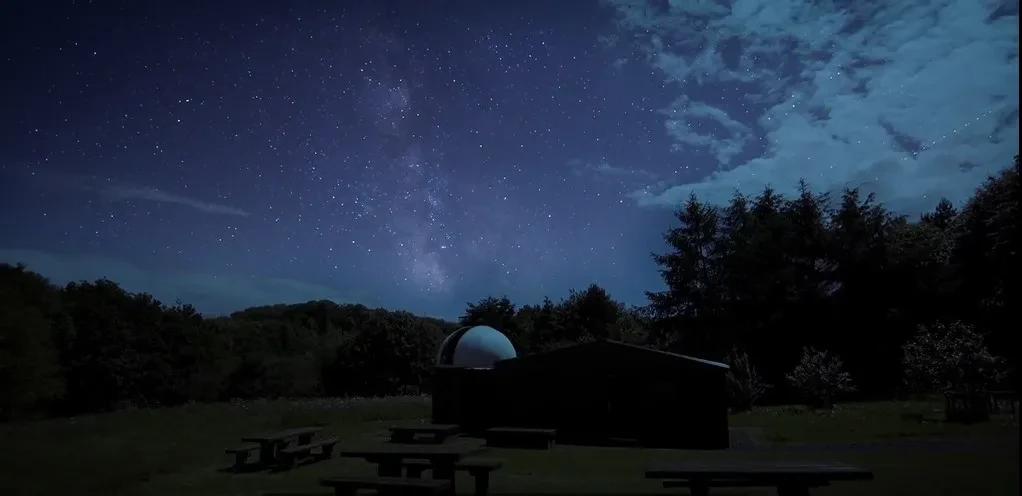
Weather is a frequent problem for the brothers, and the stars often need to align for conditions to be good on nights they’re allowed to stay up.
Benjamin says, “Before getting my first telescope for Christmas I did not realise how cloudy the UK is. It’s very hard to get a clear night that is not too late or on a school night. And it’s always raining!”
Luckily the clouds parted in the nick of time: “This picture was taken a day before the competition deadline on a very clear but cold night,” says Joshua.
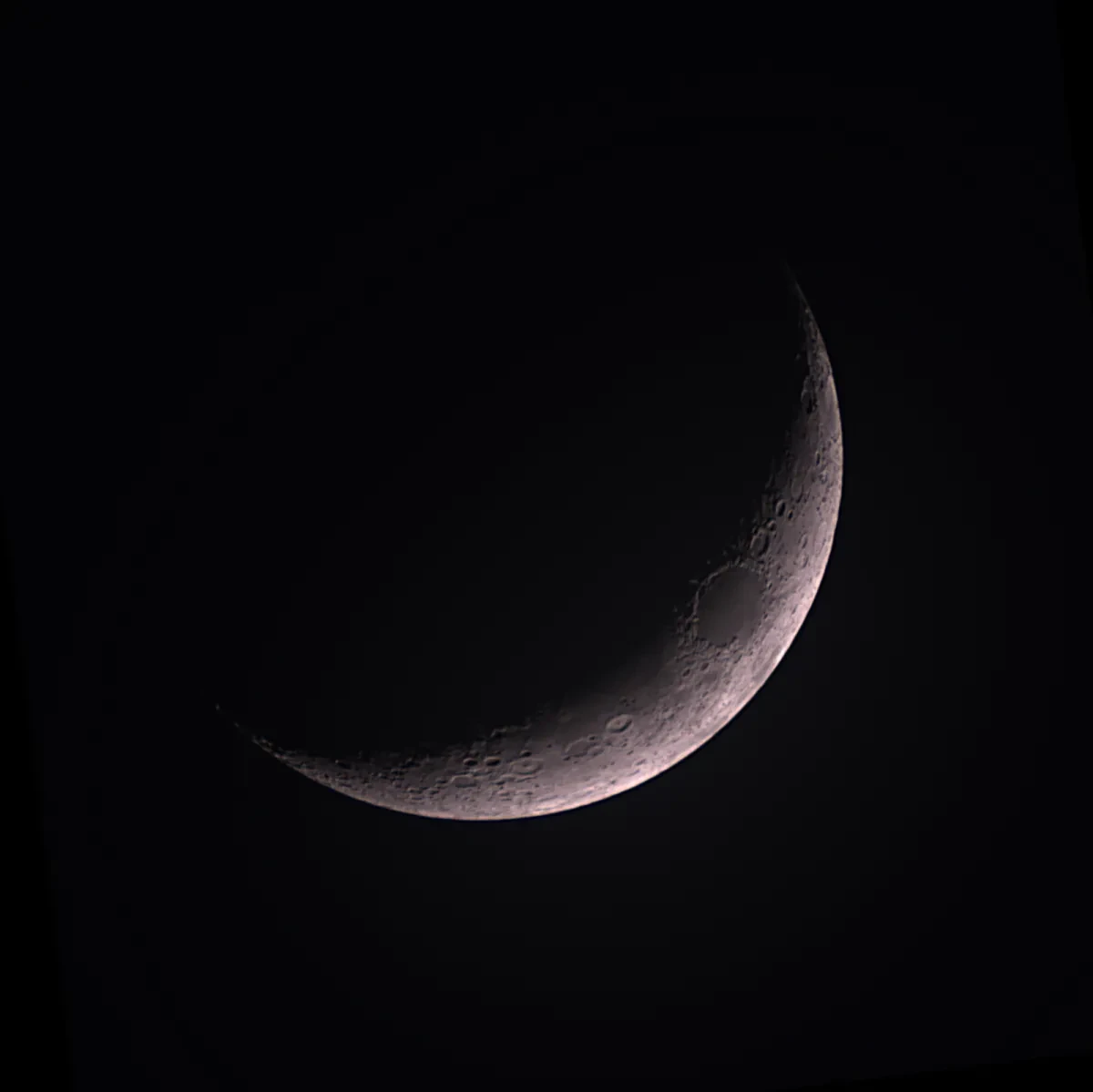
Awesome Moon by Benjamin Lawler
Benjamin was also shortlisted in 2023's Astronomy Photographer of the Year Young Competition with his photo Awesome Moon.
Taking the photo
When photographing the sky, the brothers first need to get their home equipment set up correctly.
“The most fun part to get right is to line the telescope up with the North Star before we can use it. We have to calibrate it using the North Star to track all the stars down, so it knows where to go if we put it on a target,” Joshua explains.
They then connect the telescope and camera to a laptop, as well as to an iPad using Bluetooth.
“Then it's set up and we're ready to go after the polar alignment and plate solving, which is where the telescope and the computer detects where all the stars are in the sky."
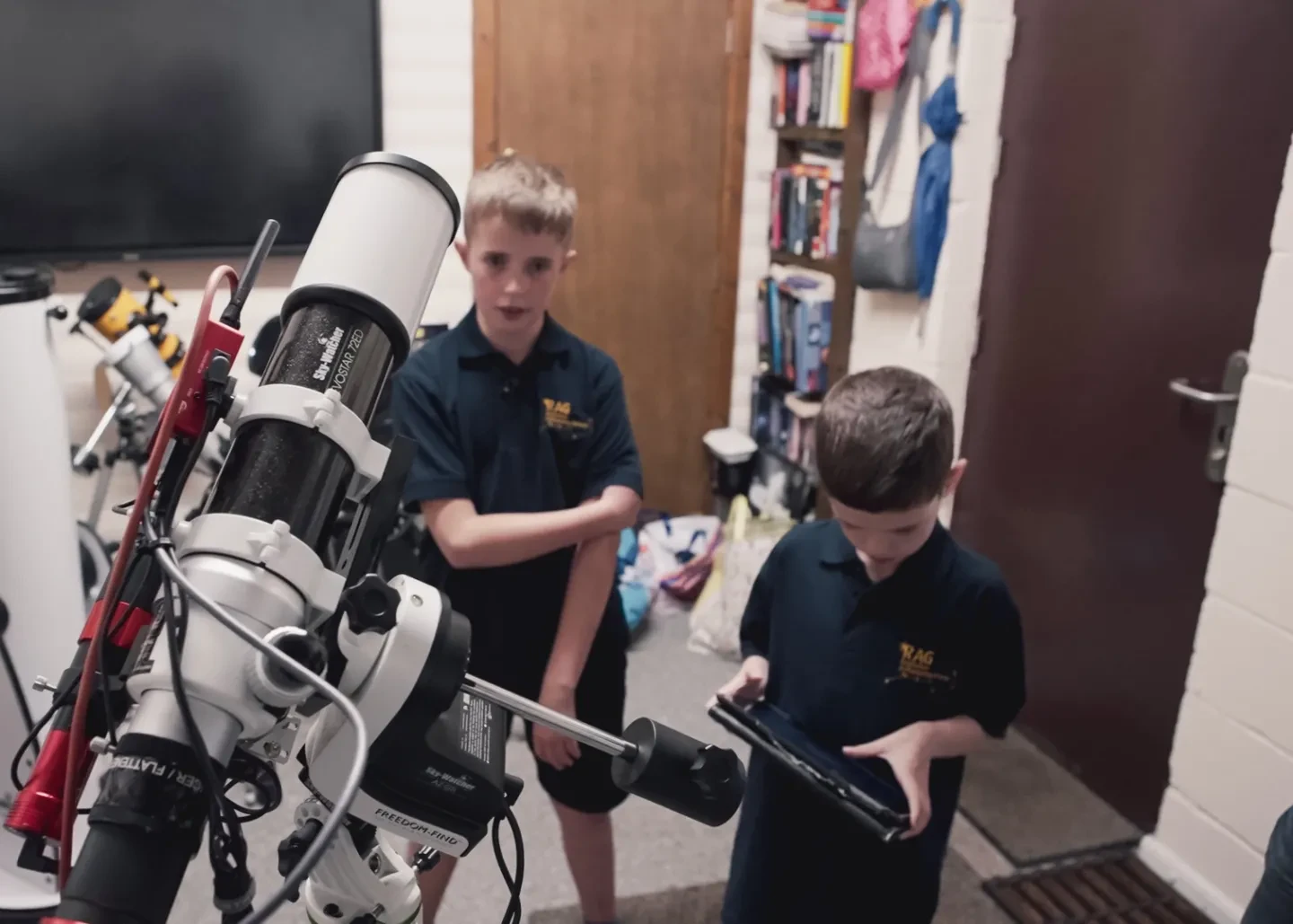
Joshua explains, “Next, the photo begins and it starts stacking up, which we can see on the iPad.”
As the telescope and camera slowly follow the target through the sky, Benjamin and Joshua take as many photos of the object as possible. They then combine them into a single image.
The amount of time needed to take photos varies night by night. “Sometimes the shots take one or two hours and sometimes it takes four hours,” says Joshua. “The times are different because sometimes clouds come in or we go out later. But then on some nights it's just clear all night.”
“When we did M106 we stopped the exposures at 1am,” Benjamin adds.
Finally, Joshua processes the image: “Afterwards we stretch the image on a computer using software, which we learnt from Geoff.”
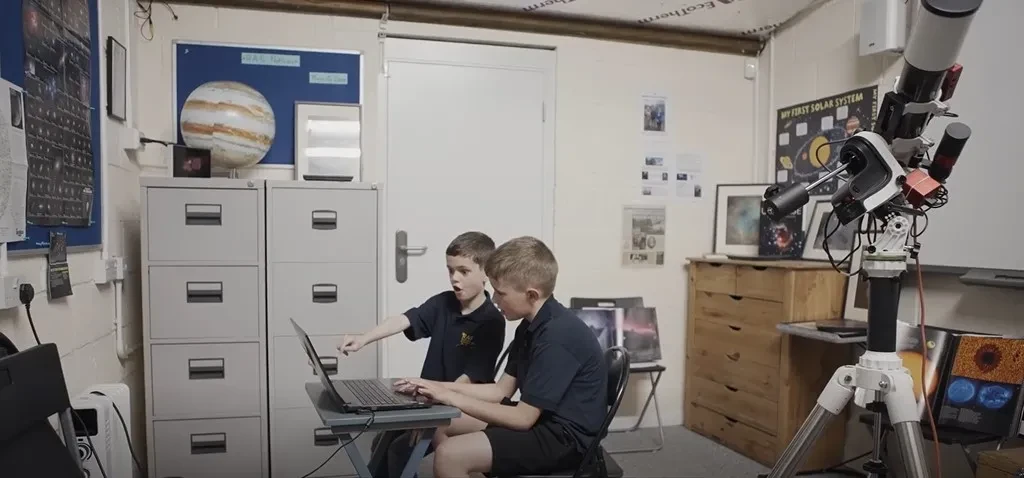
The brothers were really happy with their final photograph.
Joshua says, “There's so much to this image, there's so many galaxies, stars... Even though it's not colourful, it's still brilliant.”
“It surprises me how many galaxies there are in this picture and maybe how many other planet Earths there could be out there,” he adds.
'Anyone can do astrophotography'
“When people find out about what we do, they're amazed because it's something that not many people do,” says Joshua. “More should.”
“Yeah, anyone would be able to do it,” adds Benjamin.
The brothers were delighted to learn that their image was not only shortlisted in Astronomy Photographer of the Year 2024, but awarded Highly Commended in the Young Competition.
Benjamin says, “It felt amazing seeing the galaxy, and I felt proud of our achievements.”
You can follow Benjamin and Josh’s astrophotography via their Facebook page.
